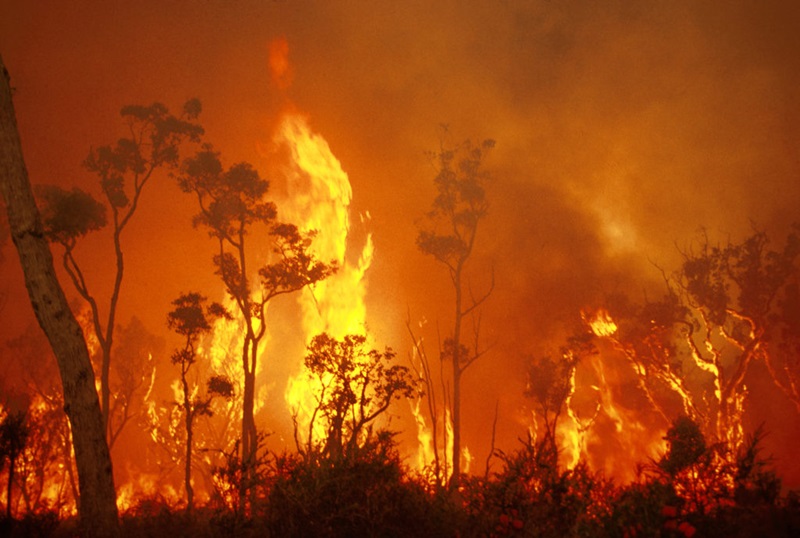Demystifying BAL Reports: An Overview to Comprehending Your Home's Bushfire Risk
Demystifying BAL Reports: An Overview to Comprehending Your Home's Bushfire Risk
Blog Article
Just How BAL Report Impacts Bush Fire Security Steps
In the realm of bush fire protection, the Structure Attack Degree (BAL) record stands as a critical device that considerably affects the safety and resilience of residential or commercial properties in fire-prone areas - BAL Report. The influence of a BAL assessment expands much past mere documents; it works as the cornerstone for figuring out the appropriate building requirements and fire security actions necessary to alleviate the risks posed by bushfires. As communities face significantly serious fire periods, comprehending exactly how the BAL record forms these safety measures becomes vital for house owners, policymakers, and home builders alike
Comprehending the Bushfire Strike Level

Importance of BAL Report Analysis

Furthermore, the BAL record analysis acts as a foundational action in adhering to lawful obligations and demands associated with bushfire defense. Local councils and authorities typically mandate the submission of a BAL record as part of the planning and structure approval process to make certain that buildings are sufficiently secured versus bushfire dangers. Stopping working to perform a complete BAL record assessment can lead to poor defense procedures, leaving residential or commercial properties vulnerable to devastating bushfire cases.
Building Specifications Based on BAL
An extensive understanding of the Bushfire Attack Degree (BAL) allows homeowner to implement building and construction standards tailored to their specific threat profile. Construction standards based on BAL are crucial in mitigating the impact of bushfires on homes. The BAL rating categorizes the potential threat a residential property faces throughout a bushfire on a range from BAL-Low to BAL-FZ (Flame Area) Each click here to read BAL degree represents details building requirements detailed in the Australian Standard AS3959-2018 Building And Construction of Structures in Bushfire-Prone Locations. Residential or commercial properties identified as BAL-Low may just call for standard procedures such as getting rid of debris and keeping yards, while those in higher BAL groups need even more durable procedures like cinder displays, fireproof materials, and sealed home windows. Abiding by these building and construction standards not only improves the structural strength of the property but likewise boosts the total safety of residents during a bushfire occasion. For that reason, homeowner have to thoroughly consider their BAL score and adhere to the equivalent building and construction criteria to appropriately safeguard their homes and occupants.
Applying Fire Security Actions
With the foundation of construction standards based on Bushfire Assault Level (BAL) in location, the emphasis currently changes towards the sensible implementation of fire security procedures to strengthen residential properties versus bushfire threats. Passive steps include using fireproof structure products, mounting coal guards on vents, securing spaces in walls and roofs, and preserving a clear space around the home cost-free from flammable vegetation. By incorporating both passive and active strategies, residential properties can considerably lower their susceptability to bushfire incidents and increase the safety of occupants.
Safeguarding Houses Against Bushfires
Effectively guarding homes against the damaging effects of bushfires requires a thorough and positive strategy to fire protection measures. Home owners living in bushfire-prone areas should focus on the implementation of different approaches to more info here improve their building's durability versus wildfires. One fundamental element is developing a defensible room around the home by preserving a clear area without combustible products. This includes on a regular basis trimming plant life, removing dead plants, and ensuring a risk-free range between trees and structures. Mounting fireproof roofing materials can additionally considerably minimize the threat of cinder strikes and straight fire contact. Furthermore, securing vents and gaps to avoid ash breach, in addition to incorporating fire-resistant doors and home windows, can aid strengthen the home's defense versus bushfires. Investing in a reliable water resource, such as a well-kept lawn sprinkler system or a dedicated water storage tank, is vital for supplying water during fire emergencies - BAL Report. By embracing a proactive stance and incorporating these safety measures, property owners can substantially boost their opportunities of protecting their homes against bushfires.
Verdict
In verdict, the Bushfire Assault Degree (BAL) record plays a vital function in establishing the required security actions against bushfires. Applying fire defense measures based on the BAL report is essential in safeguarding homes Visit Website from possible bushfire threats.
In assessing bushfire danger to properties, comprehending the Bushfire Strike Degree (BAL) is a critical component for executing reliable defense measures. In general, a clear understanding of the Bushfire Assault Level is vital for executing ample security measures and alleviating the influence of bushfires on residential properties.

Report this page